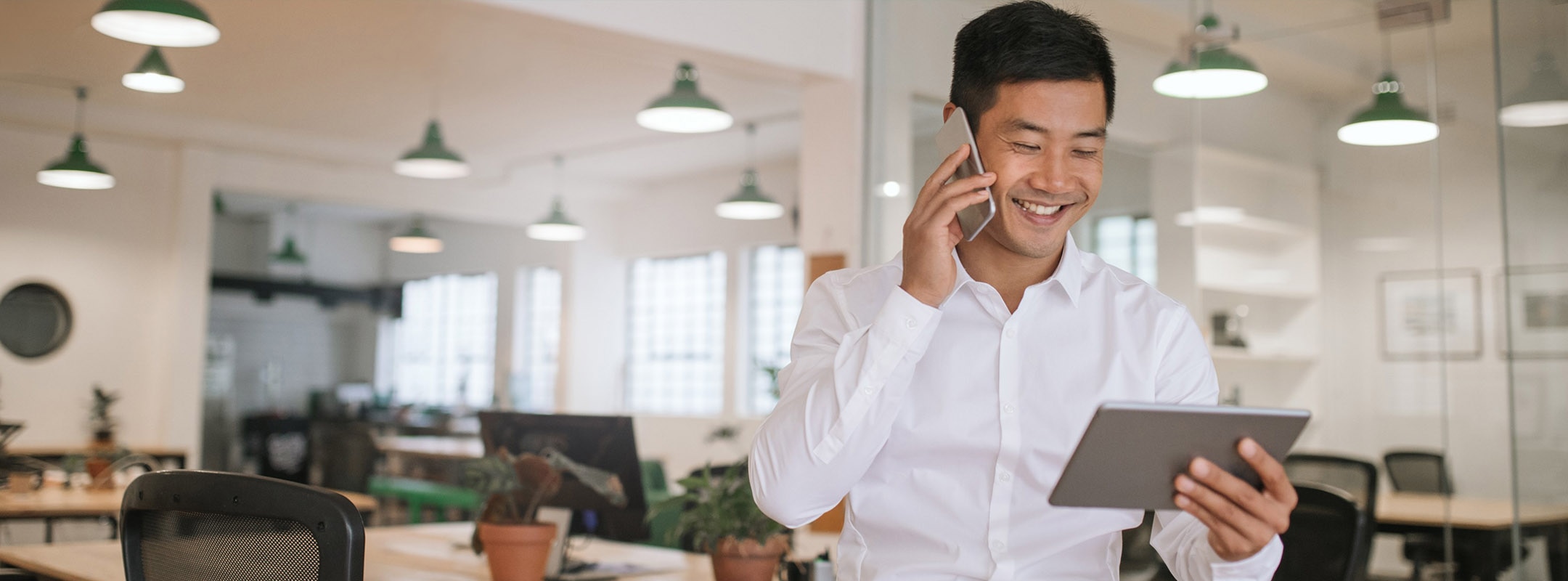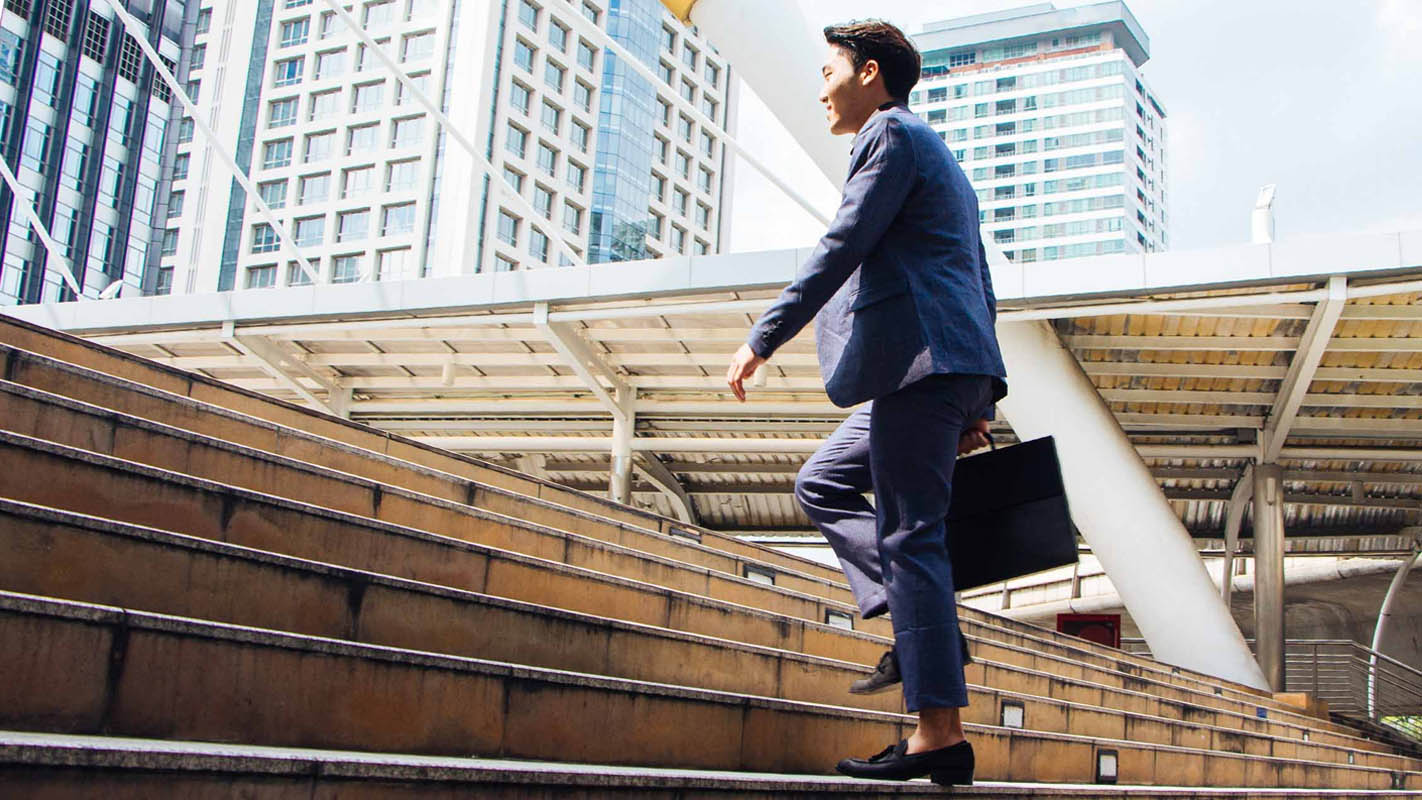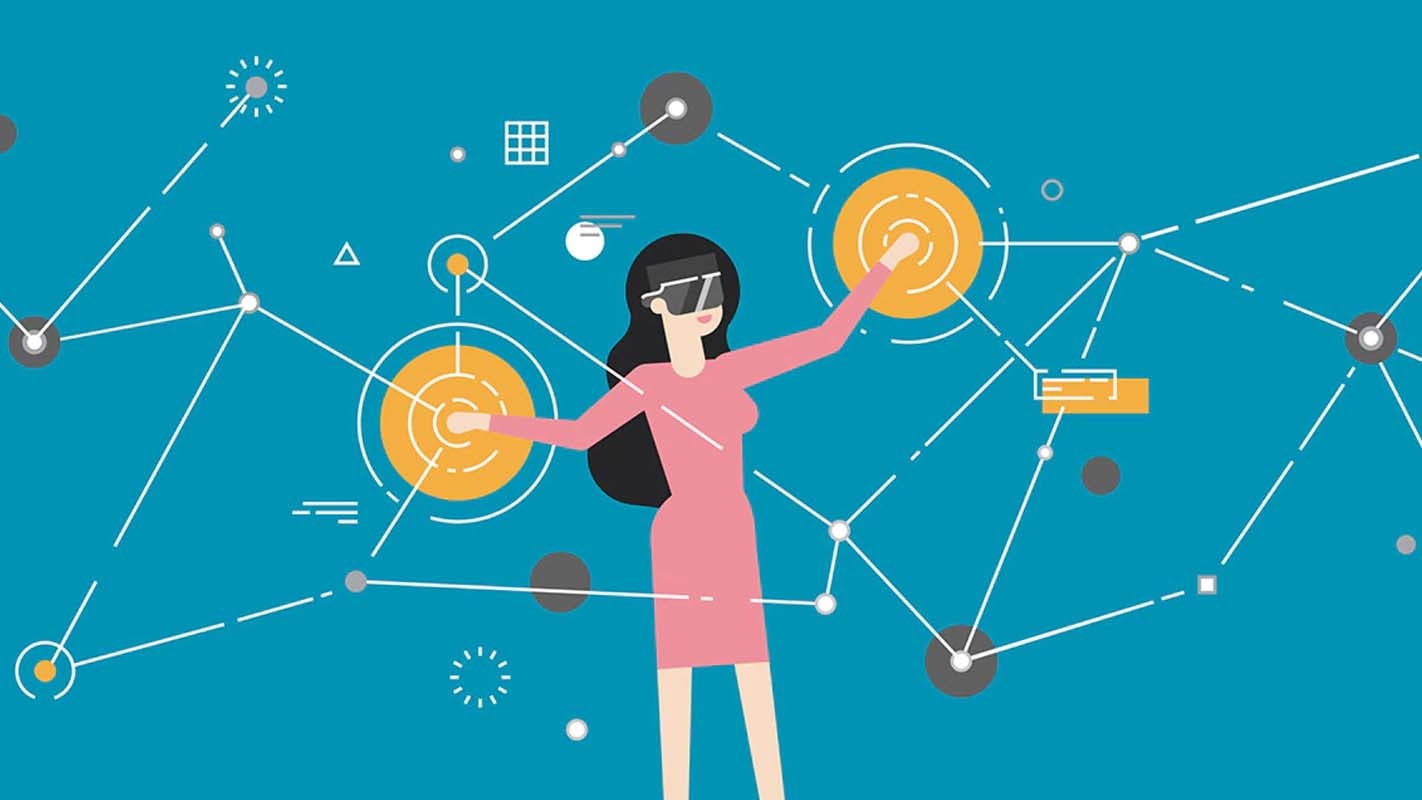Header
The future of work is rapidly evolving, especially with the proliferation of new technology and the changing expectations of a new generation of workers. In the same vein, organisations today are adapting to digital change and leaders are putting a greater emphasis on creating a positive employee experience—to keep their workforce happy, engaged and productive.
Employee experience can be defined as the sum of all interactions an employee has with the company, which encompasses many factors from interpersonal relationships at work to the physical work environment. A human capital report found that employee experience has emerged as a top priority for organisations to drive innovation, recruit and retain top talent, and increase overall company performance. As employee experience gains greater prominence, companies are also now focusing on making work a more human-centric experience.
One way to foster positive employee experience is by redesigning the work environment to cater to changing work styles and employee expectations. Here are several key considerations in redefining the workplace experience:
1. Flexible workspace for better collaboration
According to a recent survey, 80% of women and 52% of men want flexibility in when and how they work. Open workspaces are gaining popularity as such layouts are conducive to fostering stronger collaboration and healthier relationships among staff members.
Additionally, open workspace concepts can facilitate more interactions between different generations of workers. A recent global study on workplace trends found that today’s workforce typically spans at least five generations, and highlighted how mutual exchanges across these diverse identities, professions, ethnicities and backgrounds are instrumental to sparking creative projects.
A well-balanced office layout should also consider the incorporation of private workspaces, as they encourage concentration, while catering to the varying needs and work styles of different employees. For instance, including mobile and/or solo workstations, small team rooms and large conference rooms, and communal lounge spots gives workers an area to focus, when required.
2. Promoting wellness in the workplace
New offices and co-working spaces are redefining what the office could look like. Many organisations have started incorporating the cosy ambience of a café setting in the office, allowing employees to relax and forge strong friendships at work. Consider our Nespresso Momento, a café-style coffee machine for offices that comes with a selection of up to 12 coffee and milk recipes presets for our 16 different Nespresso Professional coffee capsules to suit all taste preferences. This lends more opportunity for all employees to enjoy coffee breaks together and forge stronger friendships at work. Such casual settings also present employees with “serendipitous interactions”: chance encounters that can spark creative ideas and even lead to successful business innovation.

Incorporating natural lighting and colour psychology into the modern office design has been found to help raise work productivity levels. Natural light can enhance energy, while certain colours bring out positive moods. Rooms can be coloured green for a calming effect or yellow to help stimulate creativity.
3. Adapting to the needs of the future workforce
An increasing majority of today’s employee demographics are millennials. By 2025, they are expected to make up 75% of the global workforce. This new generation of workers have been described as “natural-born innovators” and are expected to be significant forces pushing for a fundamental shift in the work environment.
Workplace flexibility is a priority for the millennial workforce. Today’s employees put much value on the freedom to decide where, when and how they can work on assigned projects. 75% of millennials believe that a "work remotely" or "work from home" policy is important, reinforcing their emerging preference for telecommuting.
Equipping office spaces with cloud-based technologies can further support the future workforce’s natural inclination to freer and more flexible working environments. Teams will be able to regularly sync up for collaborative projects, as well as communicate from wherever they are located via virtual meetings and conference calls.
As the digital age continues to bring innovations in work styles and culture, organisations are finding ways to adapt and meet employees’ expectations. Leaders today take great care in considering employees’ need for flexibility and ensuring their overall well-being. Redesigning the workplace is a good place to start promoting a positive employee experience so people are happy and primed to give their best work performance, in return.















